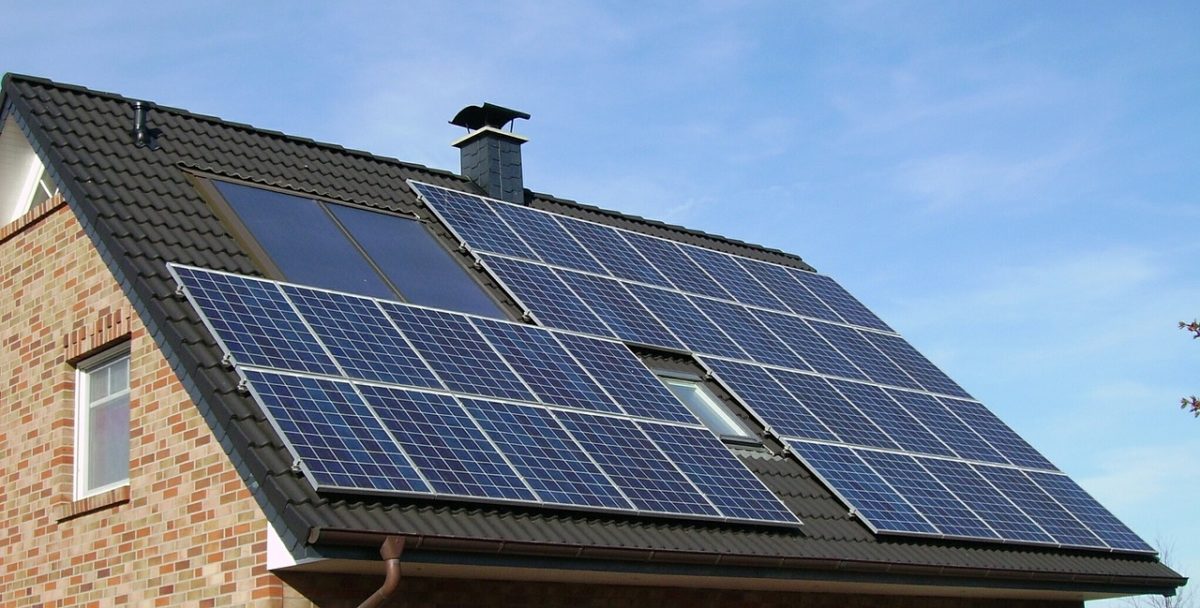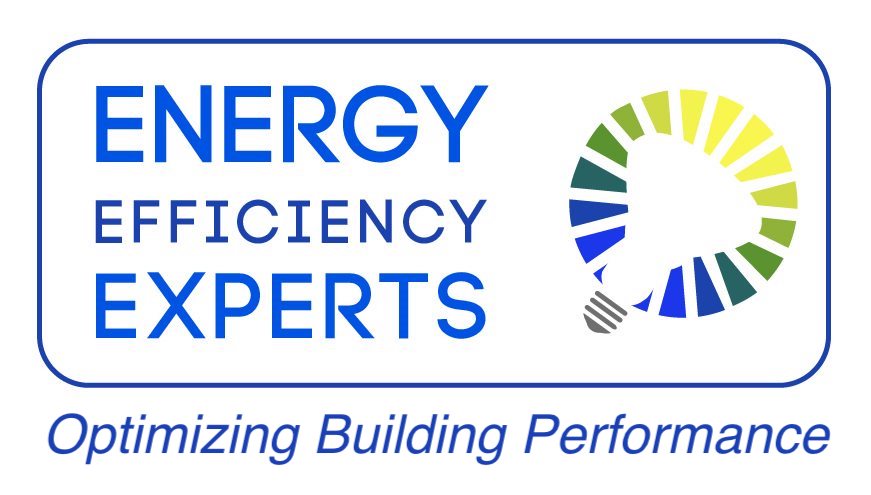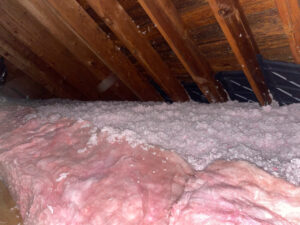Yes. Energy-saving solar panels contribute to home energy efficiency by reducing monthly electricity bills. They increase home equity and reduce environmental impact while also reducing the homeowner’s reliance on large corporate utility companies and “the grid.”

Energy Savings
With so many trendy investment opportunities available today, it’s easy to be skeptical of new products that promise, “saving you tons of money.” So let’s calculate energy savings.
As an example, the average annual electricity use a U.S. household is 11,000 kilowatt-hours (kWh). Multiply that by the national average electricity rate as of September 2016 ($0.1287 per kWh) and you’ll find that the typical American family is spending over $1,400 a year on electricity alone.
Also, don’t forget to take into account that over the past decade, national electricity costs have increased at a rate of 2.2% per year (as Pepco just raised its price in Maryland in December 2016).
The only costs associated with a solar system will be the cost of installation and any added electricity costs in the event that the panels do not completely offset 100% of residential electricity use. So it’s vitally important to accurately size the PV system – which is easy enough to do, especially by completing a home energy audit that can help you reduce energy consumption.
Here is a cost savings estimate:
| Avg. price (5 kW solar system)
|
Avg. electricity rate per state ($/kWh)
|
Avg. 20-year savings for Maryland
|
|
| Maryland | $11,690 | 0.1404 | $20,466 |
- System size: 5 kilowatts (the national average)
- Electricity demand: 11,000 kilowatt-hours per year (the national average)
- Utility rate inflation: 2.2%
- Percent needs met by solar panels: 84% (marketplace average)
- Electricity rate: State average as of September 2016 (according to EIA)
- Ownership of the solar panels is assumed
Increasing Equity in the Home
What’s more, consumers are willing to pay about $15,000 more for a home with rooftop solar panels, according to a study by Lawrence Berkeley National Laboratory that covered eight states. And unlike some home improvements, a solar installation can pay for itself — after anywhere from five to ten years in most cases. And that’s even before factoring in any bump in resale value. (Imagine spending $15,000 to remodel your bathroom and getting a fancy new eco-friendly faucet that spits out money for the next 20 years).
But purchasing panels is just one way to save from solar. Homeowners have three main options, a couple of which don’t require any upfront payment. And with very few exceptions, all of them can save you at least some money:
- Purchase the system out right
- Leasing the solar panels from a solar company
- Community solar options, signing up to purchase ‘x’ amount for ‘x’ years
Reducing Grid Reliance
As mentioned above, the volatile nature of electricity prices is of great concern for consumers, especially with the new Presidential Administration striping away regulations for large corporations. Business regulation and environmental oversight is disappearing quickly.
Utility rate inflation is an added incentive for solar: when you generate your own energy with a rooftop PV system, you’re taking control of energy costs so that you are no longer victim to variable utility rates.
Pepco recently raised its prices for Maryland and Washington DC consumers upwards toward 5%.






